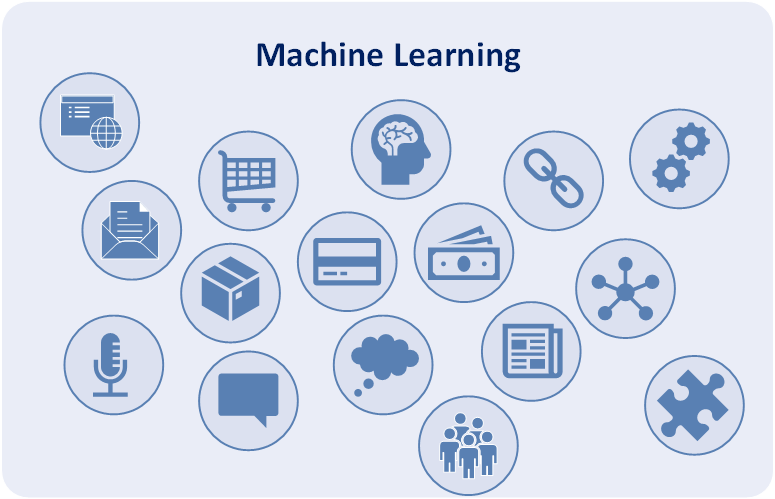Definition and Examples of Machine Learning
Machine Learning is a combined application of both data analysis and artificial intelligence that provides computer systems the ability to automatically learn and improve from experience without being explicitly programmed. The fundamental idea of machine learning is that computer systems can effectively identify patterns in data and make decisions with minimal human intervention. Moreover, machine learning focuses on discovering correlation between data elements, recognizing data patterns, and performing tasks without additional human instructions. Because machine learning often uses an iterative approach to learn from data, the learning routines and processes can be easily automated.
Fundamentally, machine learning is focused on the analysis of data for structure, even if the structure is not known ahead of time. Moreover, machine learning is focused on the implementation of computer programs and systems which can teach themselves to adapt and evolve when introduced to new data. At the core of machine learning are computer algorithms, which are procedures for solving a mathematical problem in a finite number of steps. And machine learning algorithms are utilized to build a mathematical model of sample data, known as “training data”.
Today machine learning is being used in a wide range of applications. Some common examples of how machine learning is currently being used include:
- • Social Media News Feeds and People You May Know
- • Virtual Personal Assistants / Chatbots
- • Product Recommendations / Market Personalization
- • Credit Card Fraud Detection
- • Email Spam and Malware Filtering
- • Self-Driving Car
- • GPS Traffic Predictions
- • Audio / Voice
- • Natural Language Processing / Speech Recognition
- • Financial Trading
- • Online Search
- • Healthcare
Facebook’s News Feed is one of the best examples of machine learning that has started becoming incorporated into everyday life. When a Facebook user reads, comments on, or likes a friend’s post on his personnel feed, the news feed will re-prioritize the content on user’s feeds and show more of the friend’s post and activity at the beginning of the feed. Should the member no longer read, like, or comment on the friend’s posts, the news feed will again re-prioritize the feed and will adjust the posts that appear at the begin accordingly.
A number of company websites now offer the option to chat with customer support representative while using the website. But the customer does not necessarily communicate with a live human customer support representative anymore. In many cases the customer support representative is an automated chatbot. And these chatbots are able to extract information from the website, internal database, and external data sources to present answers to customer questions. Meanwhile, chatbots get better at answering questions over time. They tend to comprehend the user questions better and respond to customers with more relevant, accurate and useful answers.
Many organizations want to gain advantage over financial markets and accurately predict market activity and fluctuations. More and more financial trading firms are using sophisticated systems to predict and execute trades at high speeds and high volume. The systems are able to predict market activity which enables effective execution of market trades (i.e. buys and sells). Computer systems have a big advantage over humans in consuming vast quantities of data and rapidly executing a large number of trades.




Leave a Reply
Want to join the discussion?Feel free to contribute!